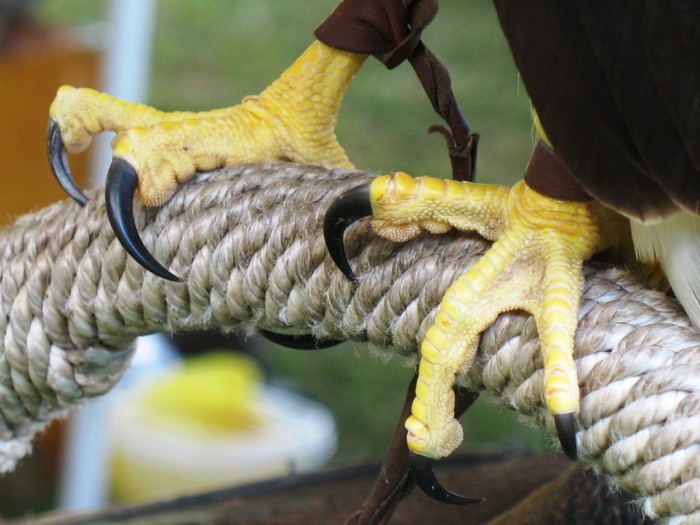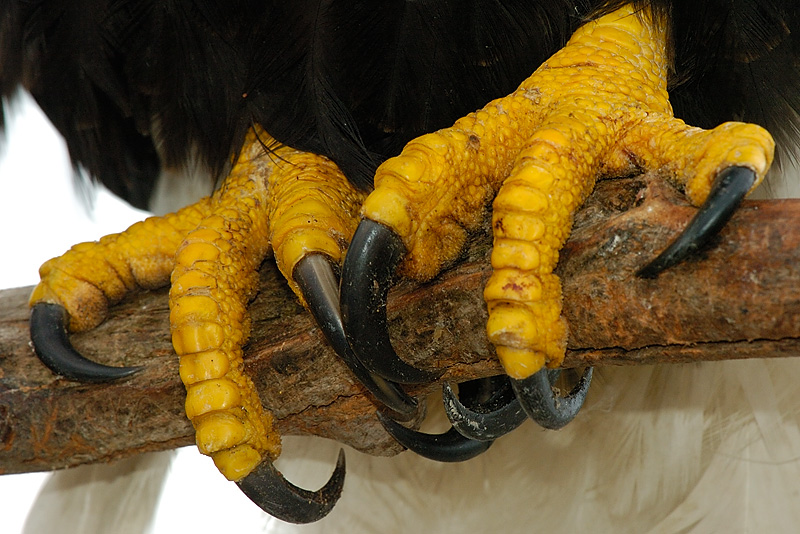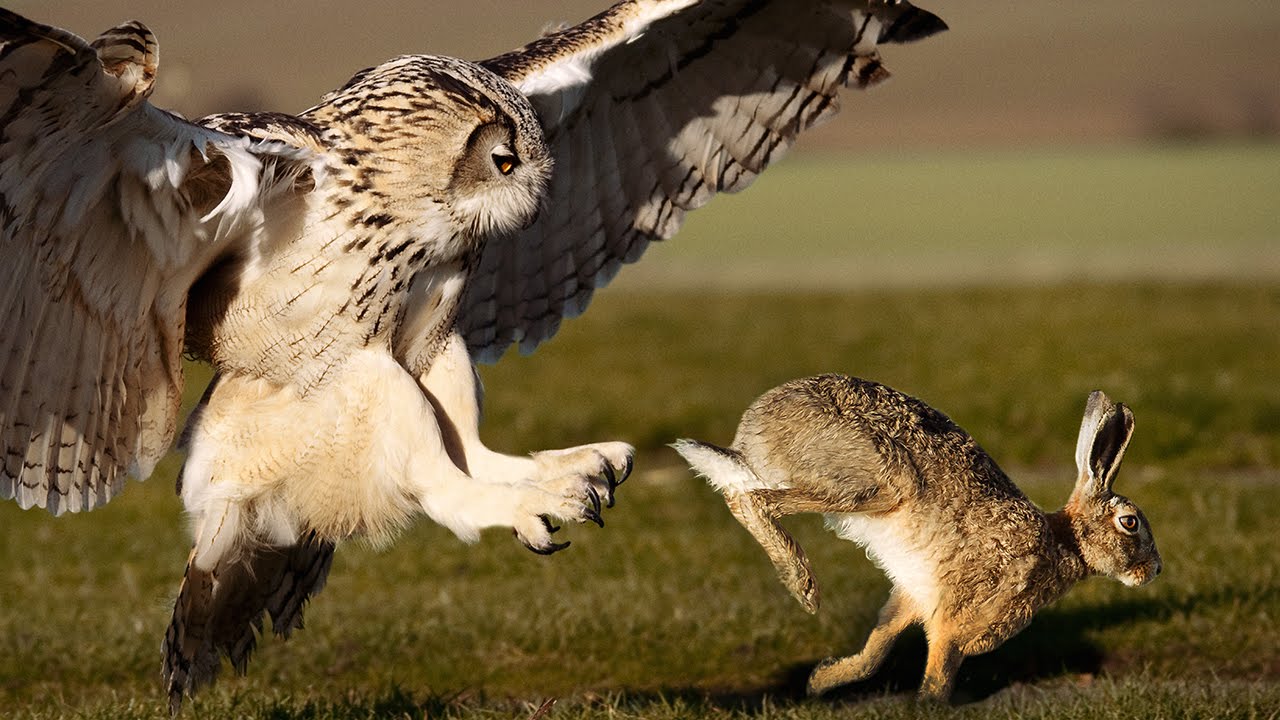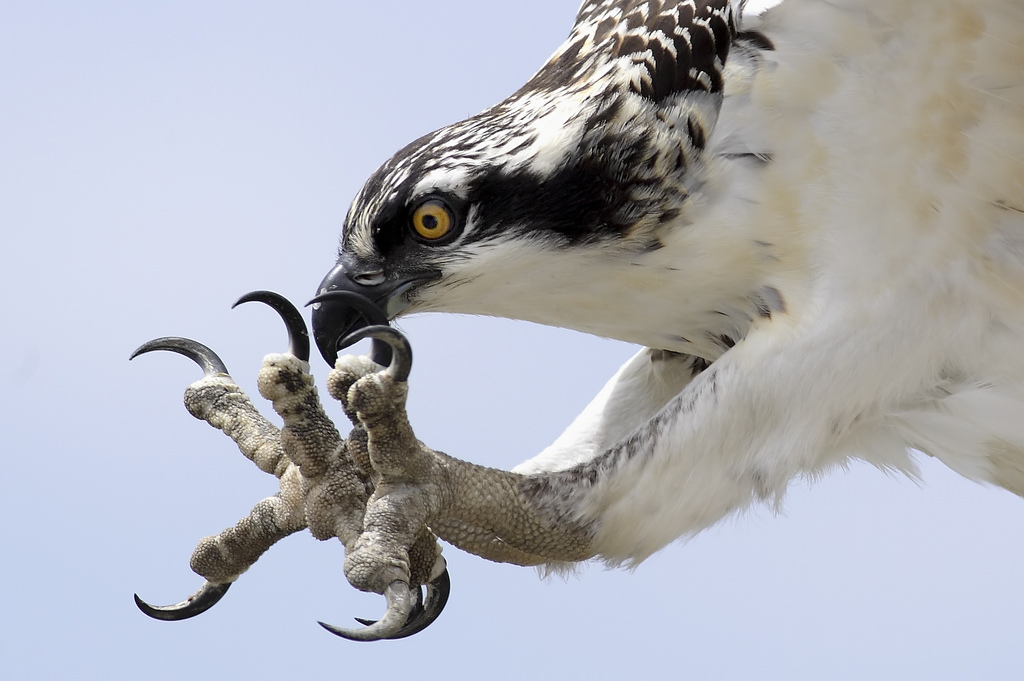Bird Talons: Why is it Useful for Birds of Prey?
Talons are the long, sharp hooked claws or nails of a bird and most prominently a raptor. At the end of bird’s every toe, ther...

Talons are the long, sharp hooked claws or nails of a bird and most prominently a raptor. At the end of the bird’s every toe, there’s one talon. Depending on the talon’s use of birds and how worn they are, the talons vary in shape and size.
Raptors like hawks, eagles, falcons, and owls have thicker, sharper, and much-enlarged talons than other birds. These birds of prey use their fierce talons for catching and dismembering their prey. They are strong enough to clasp the prey until it cuts to the mortal wound.
What All Can Birds’ Talons Do?

Even though talons are mostly associated with raptors, all birds have talons. The birds use their talons for individual needs and various purposes. Let’s know about some of the common ways how birds use their talons.
- To dig out a nesting burrow or a scrape nest or alter the present nest structure
- To mount trees while hunting for food especially in the case of woodpeckers, creepers, and nuthatches
- To preen the areas that can’t be reached with the bird's beak (like nape or head)
- To itch at the insects inside the feathers or on the bare part of the skin

- To clasp a surface tightly while being perched and avoid losing balance in windy weather
- To carry different items such as nesting material, food, or prey
- To hold the food while eating like cracking nuts or large seeds
- To move the eggs tenderly at the time of incubation for even heat distribution
The aggressive birds use their talons as a weapon for attacking the predators, intruders, and the rival birds competing for food, mates, or territory. They may also use talons for defending their mate or nest when they’re under threat.
A Birder Can Identify a Bird by Looking Closely at Their Talons

Made of keratin, a bird’s talons grow throughout their lifespan. Talons begin to worn out and lead to malformed talons in rare cases. Talons’ thickness, curvature and vary for every bird species and could even be used for identification in some cases. So whenever talons are noticeable, bird-watchers should carefully notice these things.
- Look at the talons’ color and see if they change in color along their length or they have a contrasting color to that of a toe or webbed foot. However, the talons’ color may not be accurate due to staining, light conditions, and angle of viewing.
- Observe the bird’s overall claw length in comparison to the size of the foot. Birds such as jacanas have really long talons that help them in balancing lily pads and unsteady marsh surfaces. Also, pay heed to every talon on a bird's foot to make sure they all show the same characteristics and notice which talon is boldly different.
- Notice the claw curvature especially if the talons appear too curved. Birds climbing up and down tree trunks on a regular basis often have more curved claws giving them a firmer and more stable grip on irregular or broken surfaces.
- Check out for the overall talon thickness especially in comparison to its toe. Birds having really thick and strong talons tend to be more efficient birds of prey and they hunt using their talons as lethal weapons.
Popular Posts
10 Biggest Water Dinosaurs & Sea Monsters Ever Found in Archaeology
The present-day ocean is certainly a scary place where giant sharks, whales, squids, barracuda, and numerous other marine creatures live.
Kimberly Campbell
6 Amazing Things We Should Learn From Camel Feet
Camels are a kind of mammals with the humped back, long legs, and lipped snout. They were domesticated nearly 3000 years ago are still used for transportation.
Kimberly Campbell
80 Most Popular Long Neck Dinosaurs Ever Recorded in History
Do you know the largest creatures ever walk on the earth were the long tailed and long neck dinosaurs which were called as Sauropods?
Kevin Green








